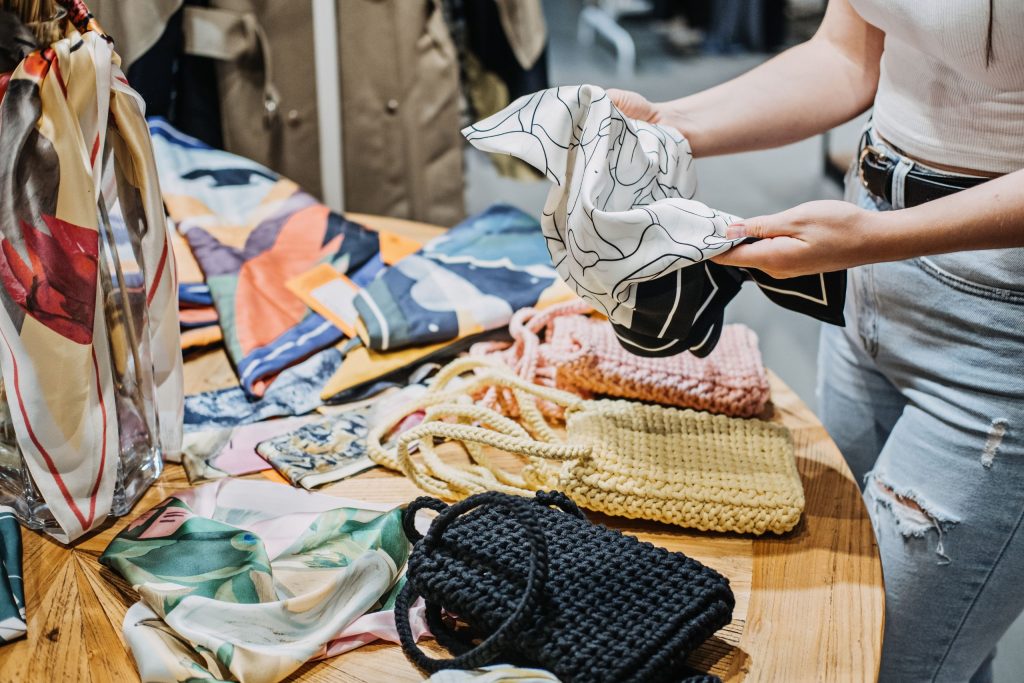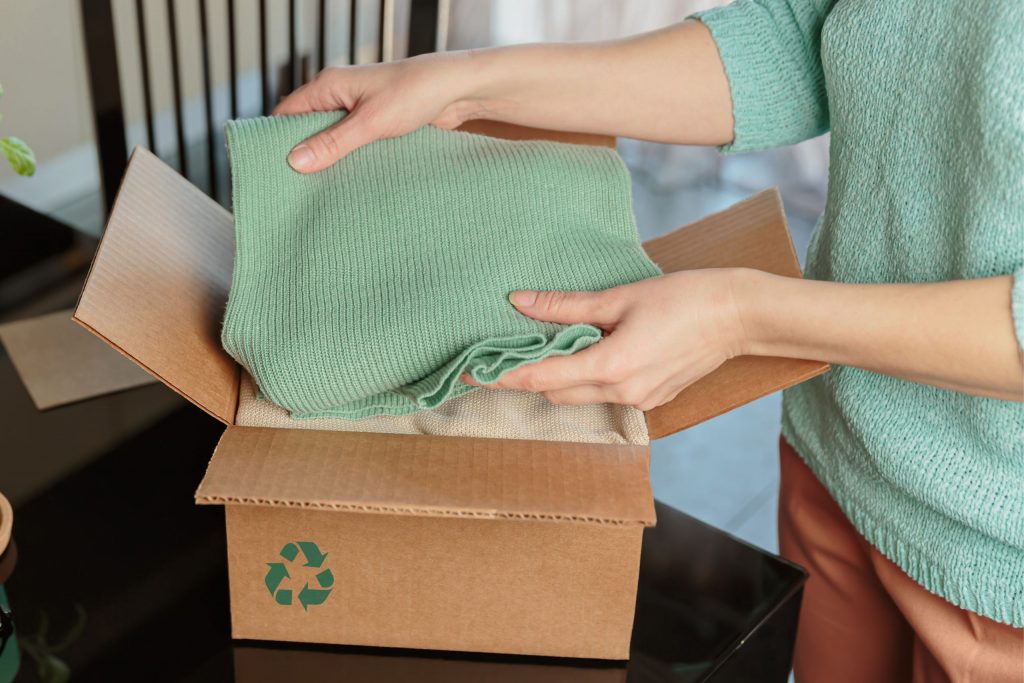The fashion industry is undergoing a significant transformation as a result of public awareness of environmental issues. As consumers become more conscious of the damaging impacts of fast fashion on the environment, they are demanding solutions that are more ecologically friendly. Thus, sustainable fashion—which is growing in popularity—is comprised of honest corporate procedures, eco-friendly products, and transparent supplier chains.
Big stores are reevaluating their operations and funding innovative concepts that reduce carbon emissions and waste to better provide what their consumers need. The shift to sustainable fashion supports responsible consumption, helps consumers make informed decisions, and tackles environmental challenges.
The history of the sector indicates a positive shift toward moral conduct, paving the way for a day when sustainability and style may coexist. This move has affected the consumer base, market, and brand dynamics.
The Emergence of Ethical and Environmental Friendly Companies
The company is evolving as more and more ecologically conscious fashion brands gain recognition. These businesses offer sustainability great importance by means of ethical sourcing, ecologically friendly goods, and ensuring fair labor standards all through their production processes. Driven by a want to lower their environmental impact and encourage ethical consumption, consumers are progressively supporting these products.
Notable examples include Everlane, noted for its open pricing and ecological operations, and Patagonia, which supports environmental action and use recycled materials. Reformation focuses environmentally friendly, fashionable clothes manufactured from low carbon footprint, sustainable materials. Another example is Stella McCartney, a premium business using creative tools and techniques but dedicated to animal welfare and sustainability.
These companies are leading by example as they demonstrate how grace and sustainability can coexist and increase customer interest in ethical fashion. More and more people are choosing goods that fit their ideals, which helps the fashion business to change toward one with more conscience. The expansion of the movement exposes a more moral consumerism and environmental preservation commitment of society.

Buying Better and Less: Conscious Consumerism
Customers are clearly leaning more toward simplicity and moral buying. Many people are progressively giving quality first importance and are selecting long-lasting, environmentally friendly products above fads in fashion. This shift reveals more society knowledge of the consequences of overconsumption on the environment, which motivates individuals to modify their purchasing habits.
This trend depends much on slow fashion, which motivates customers to purchase less goods manufactured responsibly. Supporting companies with ethical values helps customers assist to lessen the carbon footprint connected with mass manufacturing and disposal as well as aid to cut waste. The focus on longevity and workmanship encourages a conscientious consumer culture wherein every item is not just a good but also an investment in sustainability and human well-being.
Consumers who embrace conscientious consumerism help to contribute to a greater trend aiming at offsetting the negative consequences of excessive consumption. Emphasizing the need of conscious decisions that respect people and the earth, this new perspective helps one approach shopping with greater consideration.
Embracing Secondhand and Vintage Fashion
Consumer behavior is changing and thrift shopping, internet secondhand markets, and vintage fashion trends reflect this. People are looking for sustainable alternatives for fast fashion more and more when they become conscious of its effects on the environment. Buying second-hand clothing not only helps circular fashion by extending the lifespan of clothing but also considerably reduces trash.
By means of used shopping, customers are discovering unique, one-of-a-kind objects that enable them to exhibit their individuality and adopt better living conditions. From huge online marketplaces to small-town thrift stores, these sites provide a range of options that suit different tastes and trends, therefore enhancing the availability of sustainable fashion.
The appeal of antique clothes amplifies the thrill because these objects usually lack the history and character seen in contemporary design. Choosing vintage and worn-out clothes not only promotes environmental sustainability but also enables customers reconsider their wardrobe by means of interesting revelations. Emphasizing the important link between consumer choices and a better society, this fashion shows a proactive approach that puts quality and originality over mass.
Innovative Materials and Sustainable Fabrics
Reduced environmental effect of eco-friendly materials such organic cotton, recycled polyester, and Tencel has helped them to become very popular. Growing organic cotton free of synthetic pesticides or fertilizers helps to create better ecosystems. Made from post-consumer plastic bottles, recycled polyester helps to save resources and directs trash from landfills. Derived from sustainably produced wood pulp, tencel reduces water and chemical consumption by means of a closed-loop process.
New materials with less environmental impact are being created thanks in large part to technological developments. Emerging technologies such water-saving dyeing methods and bio-based textiles let producers create not only environmentally friendly but also highly performing materials. These developments coincide with increasing customer desire in endorsing companies whose collections highlight sustainable processes.
Consumers are looking for clothes composed of environmentally friendly fibers more and more as knowledge of environmental problems grows. Companies that give sustainability first priority entice them, which forces the fashion business to change and develop. This change redefines the market and promotes a time when environmental responsibility and style live together.

Conclusion
Consumers are choosing sustainable fashion more and more as they understand how important it is to help to create a better world and future. Growing knowledge of environmental problems is driving people to give eco-friendly materials and ethical manufacturing techniques top priority as their buying choices directly affect the environmental effect of the fashion business. This change not only benefits companies dedicated to sustainability but also stimulates industry innovation, thereby producing more ethical goods and processes. Consumers may promote a good shift in line with sustainable ideas by choosing thoughtful decisions like second-hand clothes, investments in timeless works, and help of local artists. In order to inspire next generations to embrace similar ideals in their purchasing practices and thus help the environment and society at large, as well as encourage a collective movement towards sustainability, eco-conscious fashion must ultimately be embraced.

